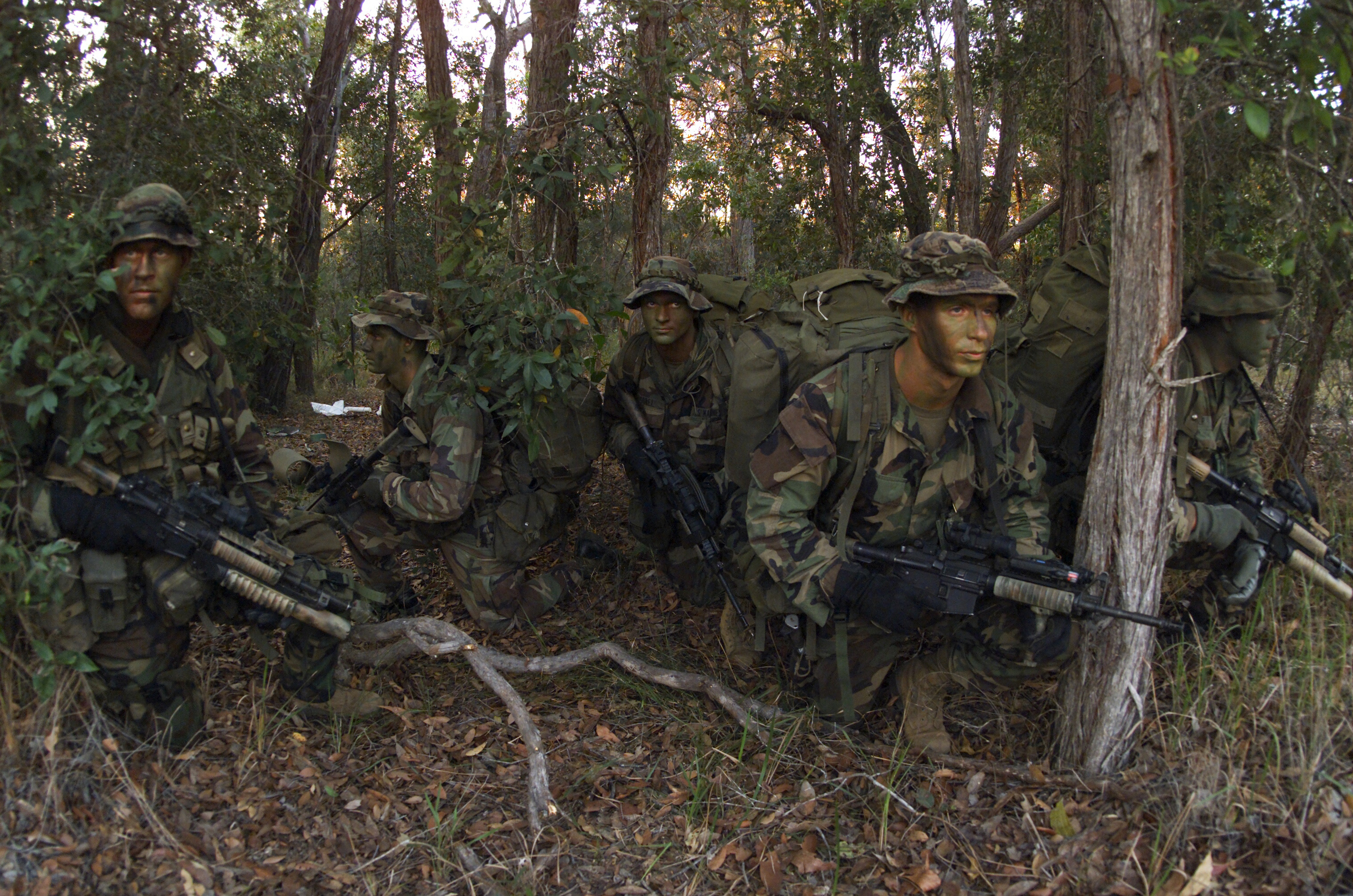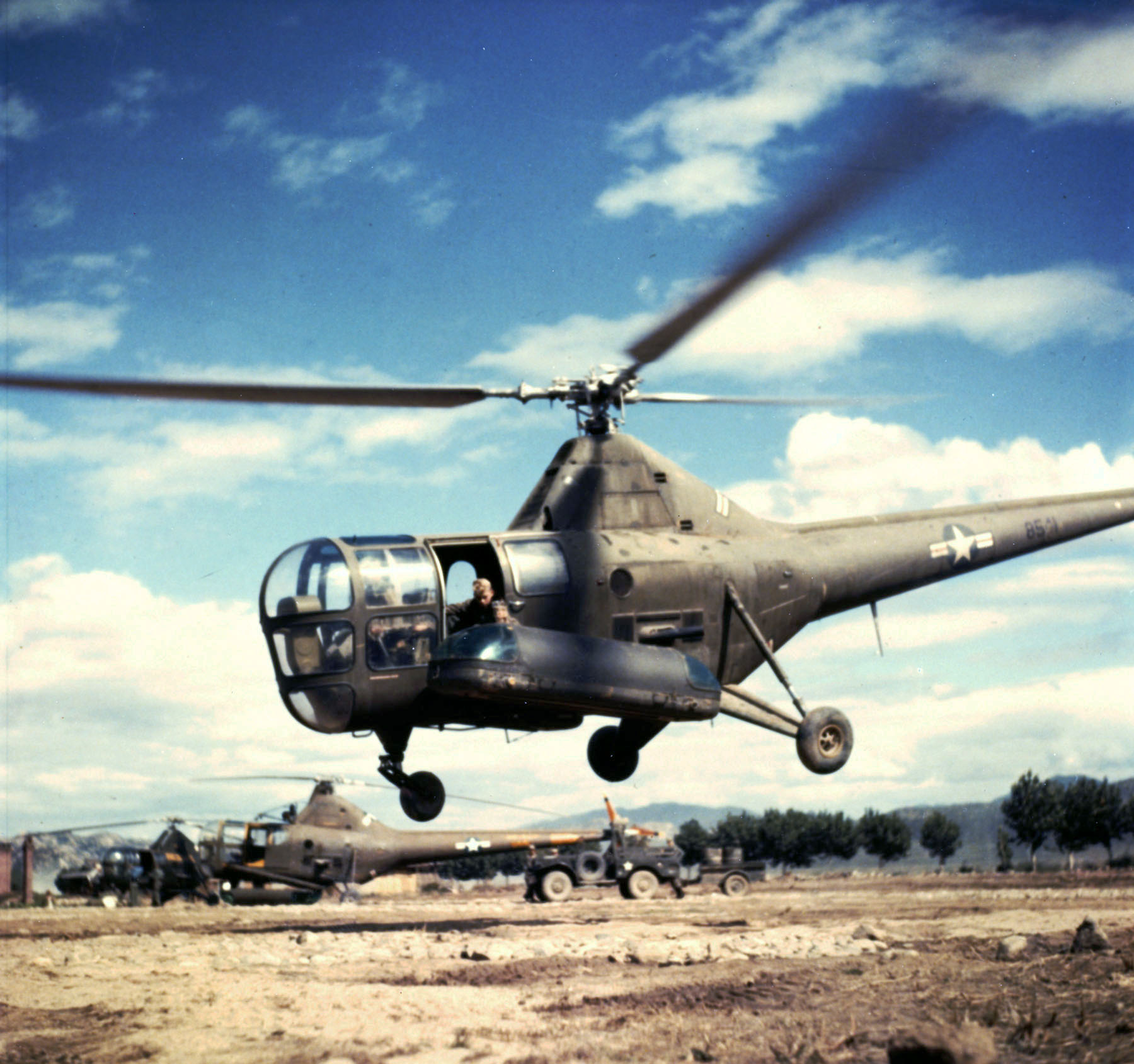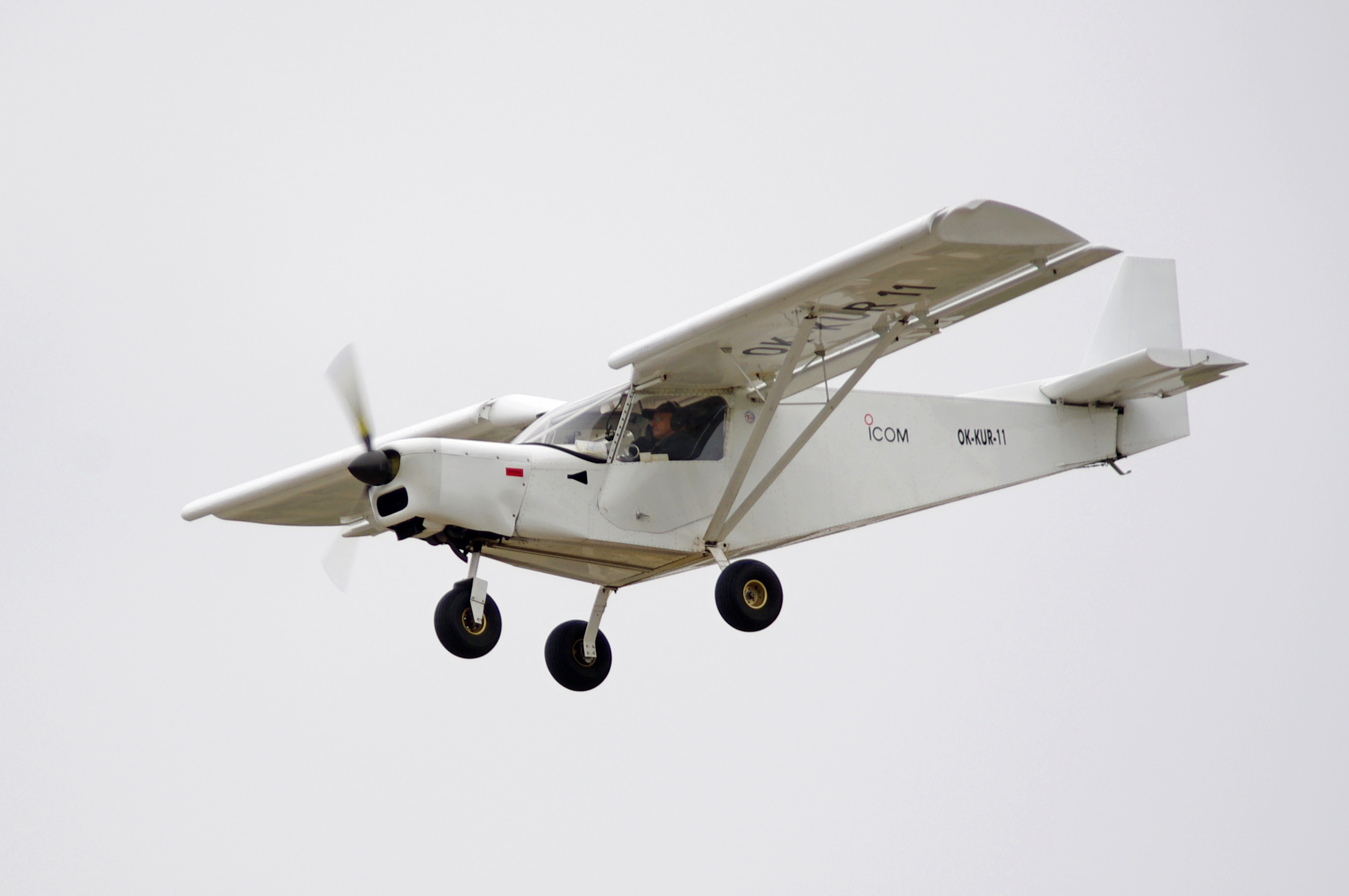|
Polikarpov Po-2
The Polikarpov Po-2 (also U-2 before 1944, for its initial Glossary of Russian and USSR aviation acronyms: Aircraft designations, ''uchebnyy'', 'training', role as a flight instruction aircraft) was an all-weather multirole Soviet Union, Soviet biplane, nicknamed ''Kukuruznik'' (,Gunston 1995, p. 292. NATO reporting name "Mule"). The reliable, uncomplicated design of the Po-2 made it an ideal trainer aircraft, as well as doubling as a low-cost attack aircraft, ground attack, aerial reconnaissance, psychological warfare and liaison aircraft during war, proving to be one of the most versatile light combat types to be built in the Soviet Union.Angelucci and Matricardi 1978, p. 214. As of 1978, it remained in production for a longer period of time than any other Soviet-era aircraft. It holds the distinction of the only biplane to take down a jet aircraft. Production figures for Polikarpov U-2 and Po-2 bombers and trainers combined are between 20,000 and 30,000 [...More Info...] [...Related Items...] OR: [Wikipedia] [Google] [Baidu] |
Polikarpov
Polikarpov Design Bureau was a Soviet Union, Soviet OKB (design bureau) for aircraft, led by Nikolai Polikarpov, Nikolai Nikolaevich Polikarpov. Dux Factory was acquired by the USSR and became part of Polikarpov. After the death of Polikarpov on 30 July 1944 at the age of 52, his OKB was absorbed into Lavochkin, but with some of its engineers going to Mikoyan, Mikoyan-Gurevich and its production facilities going to Sukhoi. For a long time the Polikarpov OKB headquarters were located at Aircraft plant #1 (formerly Dux Factory) in Moscow, where its purpose-built building still stands. Designs Polikarpov designs: Bombers * Polikarpov TB-2, TB-2 twin-engined biplane bomber prototype, 1930 * Polikarpov SPB (D), SPB (D) twin-engined dive bomber developed from the VIT-2, 1940 * Polikarpov NB, NB (T) medium bomber prototype, 1944 Fighters * Polikarpov I-1, I-1 (IL-400) monoplane fighter prototype, 1923 * Polikarpov DI-1, DI-1 (2I-N1) twin-seat biplane fighter prototype, 1926 * Poli ... [...More Info...] [...Related Items...] OR: [Wikipedia] [Google] [Baidu] |
Psychological Warfare
Psychological warfare (PSYWAR), or the basic aspects of modern psychological operations (PsyOp), has been known by many other names or terms, including Military Information Support Operations ( MISO), Psy Ops, political warfare, "Hearts and Minds", and propaganda. The term is used "to denote any action which is practiced mainly by psychological methods with the aim of evoking a planned psychological reaction in other people". Various techniques are used, and are aimed at influencing a target audience's value system, belief system, emotions, motives, reasoning, or behavior. It is used to induce confessions or reinforce attitudes and behaviors favorable to the originator's objectives, and are sometimes combined with black operations or false flag tactics. It is also used to destroy the morale of enemies through tactics that aim to depress troops' psychological states. Target audiences can be governments, organizations, groups, and individuals, and is not just limited to s ... [...More Info...] [...Related Items...] OR: [Wikipedia] [Google] [Baidu] |
Reconnaissance
In military operations, military reconnaissance () or scouting is the exploration of an area by military forces to obtain information about enemy forces, the terrain, and civil activities in the area of operations. In military jargon, reconnaissance is abbreviated to ''recce'' (in British, Canadian, Australian English) and to ''recon'' (in American English), both derived from the root word ''reconnoitre'' / ''reconnoitering''. The types of reconnaissance include patrolling the local area of operations and long-range reconnaissance patrols, which are tasks usually realized in the United States of America by U.S. Army Rangers, cavalry scouts, and military intelligence specialists, using navy ships and submarines, Aerial reconnaissance, reconnaissance aircraft, satellites to collect raw intelligence; and establishing observation posts. Moreover, espionage is different from reconnaissance, because spies work as civilians in enemy territory. Etymology The word is derived from the ... [...More Info...] [...Related Items...] OR: [Wikipedia] [Google] [Baidu] |
Siege Of Odessa (1941)
The siege of Odessa, known to the Soviets as the defence of Odessa, lasted from 8 August until 16 October 1941, during the early phase of Operation Barbarossa, the Axis invasion of the Soviet Union during World War II. Odessa was a port on the Black Sea in the Ukrainian SSR. On 22 June 1941, the Axis powers invaded the Soviet Union. In August, Odessa became a target of the Romanian 4th Army and elements of the German 11th Army. Due to the heavy resistance of the Soviet 9th Independent Army and the rapidly formed Separate Coastal Army, supported by the Black Sea Fleet, it took the Axis forces 73 days of siege and four assaults to take the city. Romanian forces suffered 93,000 casualties, against Red Army casualties estimated to be between 41,000 and 60,000.Axworthy, Mark. Third Axis Fourth Ally: Romanian Armed Forces in the European War, 1941–1945. p. 58. It is considered to be the "greatest independent success of the war by any minor Axis power". Prelude On 9 July 1941, ... [...More Info...] [...Related Items...] OR: [Wikipedia] [Google] [Baidu] |
Soviet Partisans
Soviet partisans were members of Resistance during World War II, resistance movements that fought a Guerrilla warfare, guerrilla war against Axis powers, Axis forces during World War II in the Soviet Union, the previously Territories of Poland annexed by the Soviet Union, Soviet-occupied territories of interwar Poland in 1941–45 and eastern Finland. The activity emerged after Nazi Germany's Operation Barbarossa was launched from mid-1941 on. It was Central Headquarters of the Partisan Movement, coordinated and controlled by the Soviet government and modeled on that of the Red Army. The partisans made a significant contribution to the war by countering German plans to exploit occupied Soviet territories economically, gave considerable help to the Red Army by conducting systematic attacks against Germany's rear communication network, disseminated political rhetoric among the local population by publishing newspapers and leaflets, and succeeded in creating and maintaining feelings ... [...More Info...] [...Related Items...] OR: [Wikipedia] [Google] [Baidu] |
Medevac
Medical evacuation, often shortened to medevac or medivac, is the timely and efficient movement and en route care provided by medical personnel to patients requiring evacuation or transport using medically equipped air ambulances, helicopters and other means of emergency transport including ground ambulance and maritime transfers. Examples include civilian EMS vehicles, civilian aeromedical helicopter services, and military air ambulances. This term also covers the transfer of patients from the battlefield to a treatment facility or from one treatment facility to another by medical personnel, such as from a local hospital to another medical facility which has adequate medical equipment. In Asia, according to Aeromedical Global (M) Sdn Bhd, medical evacuations via air ambulance can be performed via a single or dual stretched setup. According to patients medical condition, Emergency Air Ambulances will be equipped with relevant equipment (ventilators, Portable O2 Concentrator e ... [...More Info...] [...Related Items...] OR: [Wikipedia] [Google] [Baidu] |
World War II
World War II or the Second World War (1 September 1939 – 2 September 1945) was a World war, global conflict between two coalitions: the Allies of World War II, Allies and the Axis powers. World War II by country, Nearly all of the world's countries participated, with many nations mobilising all resources in pursuit of total war. Tanks in World War II, Tanks and Air warfare of World War II, aircraft played major roles, enabling the strategic bombing of cities and delivery of the Atomic bombings of Hiroshima and Nagasaki, first and only nuclear weapons ever used in war. World War II is the List of wars by death toll, deadliest conflict in history, causing World War II casualties, the death of 70 to 85 million people, more than half of whom were civilians. Millions died in genocides, including the Holocaust, and by massacres, starvation, and disease. After the Allied victory, Allied-occupied Germany, Germany, Allied-occupied Austria, Austria, Occupation of Japan, Japan, a ... [...More Info...] [...Related Items...] OR: [Wikipedia] [Google] [Baidu] |
Eastern Front (World War II)
The Eastern Front, also known as the Great Patriotic War (term), Great Patriotic War in the Soviet Union and its successor states, and the German–Soviet War in modern Germany and Ukraine, was a Theater (warfare), theatre of World War II fought between the European Axis powers and Allies of World War II, Allies, including the Soviet Union (USSR) and Polish Armed Forces in the East, Poland. It encompassed Central Europe, Eastern Europe, Northern Europe, Northeast Europe (Baltic states, Baltics), and Southeast Europe (Balkans), and lasted from 22 June 1941 to 9 May 1945. Of the estimated World War II casualties, 70–85 million deaths attributed to World War II, around 30 million occurred on the Eastern Front, including 9 million children. The Eastern Front was decisive in determining the outcome in the European theatre of World War II, European theatre of operations in World War II, eventually serving as the main reason for the defeat of Nazi Germany and the Axis ... [...More Info...] [...Related Items...] OR: [Wikipedia] [Google] [Baidu] |
STOL
A short takeoff and landing (STOL) aircraft is a fixed-wing aircraft that can takeoff/land on short runways. Many STOL-designed aircraft can operate on airstrips with harsh conditions (such as high altitude or ice). STOL aircraft, including those used in scheduled passenger airline operations, can be operated from STOLport airfields that feature short runways. Design STOL aircraft come in configurations such as bush planes, autogyros, and Conventional landing gear, taildraggers, and those such as the de Havilland Canada Dash-7 that are designed for use on conventional airstrips. The PAC P-750 XSTOL, the Daher Kodiak, the de Havilland Canada DHC-6 Twin Otter and the Wren 460 have STOL capability, needing a short ground roll to get airborne, but are capable of a near-zero ground roll when landing. For any plane, the required runway length is a function of the square of the stall speed (minimum flying speed), and much design effort is spent on minimizing this number. For take ... [...More Info...] [...Related Items...] OR: [Wikipedia] [Google] [Baidu] |
Bundesarchiv Bild 169-0112, Russland, Erbeutetes Flugzeug Po-2 - Restored
The German Federal Archives or Bundesarchiv (BArch) (, lit. "Federal Archive") are the national archives of Germany. They were established at the current location in Koblenz in 1952. They are subordinated to the Federal Commissioner for Culture and the Media ( Claudia Roth since 2021) under the German Chancellery, and before 1998, to the Federal Ministry of the Interior. On 6 December 2008, the Archives donated 100,000 photos to the public, by making them accessible via Wikimedia Commons. History The federal archive for institutions and authorities in Germany, the first precursor to the present-day Federal Archives, was established in Potsdam, Brandenburg in 1919, a later date than in other European countries. This national archive documented German government dating from the founding of the North German Confederation in 1867. It also included material from the older German Confederation and the Imperial Chamber Court. The oldest documents in this collection dated back to the ... [...More Info...] [...Related Items...] OR: [Wikipedia] [Google] [Baidu] |
Shvetsov M-11
The Shvetsov M-11 is a five-cylinder air-cooled radial engine, radial aircraft engine produced in the Soviet Union between 1923 and 1952.Gunston 1989, p.158. Design and development The Shvetsov M-11 was designed under a 1923 competition in the Soviet Union for a new engine to power trainer aircraft. It is a single-row five-cylinder air-cooled radial engine, radial piston engine with aluminum cylinder heads. Like the American Kinner B-5 5-cylinder radial of similar size, the M-11 had individual camshafts for each cylinder, operating the pushrods, rather than a single central cam ring. The initial versions of the M-11 suffered from a short Time between overhaul, service life of only 50 hours. The basic M-11 engine had a power output of 100 hp (73 kW), the newer M-11D variant was higher at 125 hp (92 kW). The ultimate version, M-11FR, introduced in 1946, increased power output to 160 hp at 1,900 rpm on takeoff and 140 hp at cruise and had provisions for ... [...More Info...] [...Related Items...] OR: [Wikipedia] [Google] [Baidu] |









